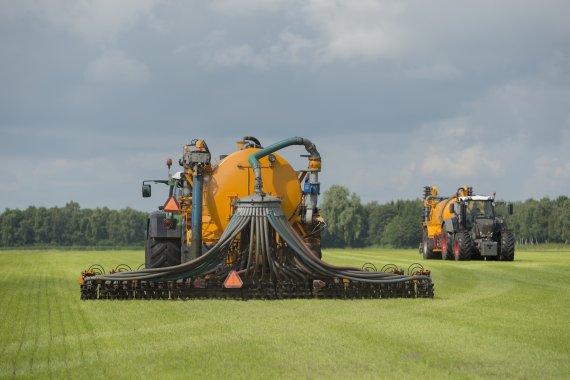Agriculture minister Carola Schouten is providing cash for more nitrogen measurements in nature. That’s good, says Karin Groenestein, livestock and environment researcher at Wageningen Livestock Research, but you still need RIVM’s contentious nitrogen distribution model.
Are there not enough nitrogen measurements in the Netherlands?
‘RIVM has two measurement networks. One network measures the concentration of ammonia in the air at 280 sites in 84 nature areas. The other network has six stations that measure the ammonia pollution layer in the Netherlands. Those measurements do not give precise data on where the ammonia comes from or ends up. The minister wants to extend the measurements to get a better understanding of the spread of ammonia.’
Should you measure ammonia emissions on farms as well?
‘Wageningen Livestock Research already measures methane and ammonia emissions in about 30 barns for dairy cows, pigs, goats and calves. We compare the emissions in different barn systems because we want to know which farms produce the least ammonia and methane.’
Farmers are highly critical of the RIVM model. Could these measurements replace the model?
‘There has been a lot of fuss about RIVM’s nitrogen distribution model but there is little basis for the criticism. The new measurements won’t replace the model; they will make it more reliable. If you carry out measurements, you need to put them in perspective. Concentrations will be higher some days than others, depending on factors such as the weather and the wind direction. If you want to know how much ammonia ends up where, you need a model that takes account of those factors.’
Will extra measurements help farmers?
‘We are now getting the opportunity to investigate how we can optimize a farm’s nutrient cycle with minimal emissions of ammonia and methane. We can’t measure all farms as that would be too expensive, but cheaper sensors are now being developed that can accurately record the emissions per farm. Then the government could introduce stipulated targets, and the sensors would show whether the farmer is keeping to the rules. Those sensors are nearly there.’

 Photo: Shutterstock
Photo: Shutterstock